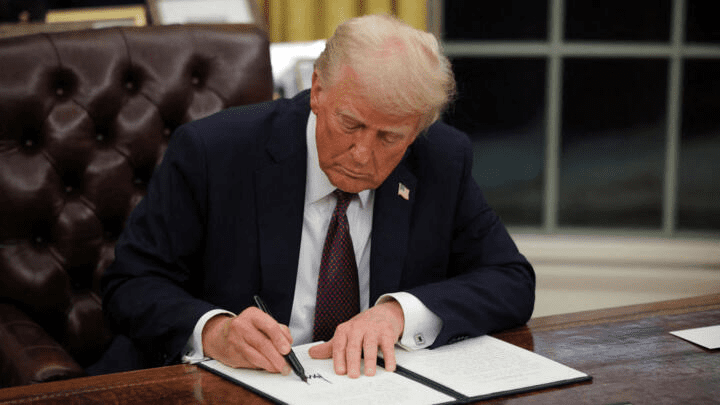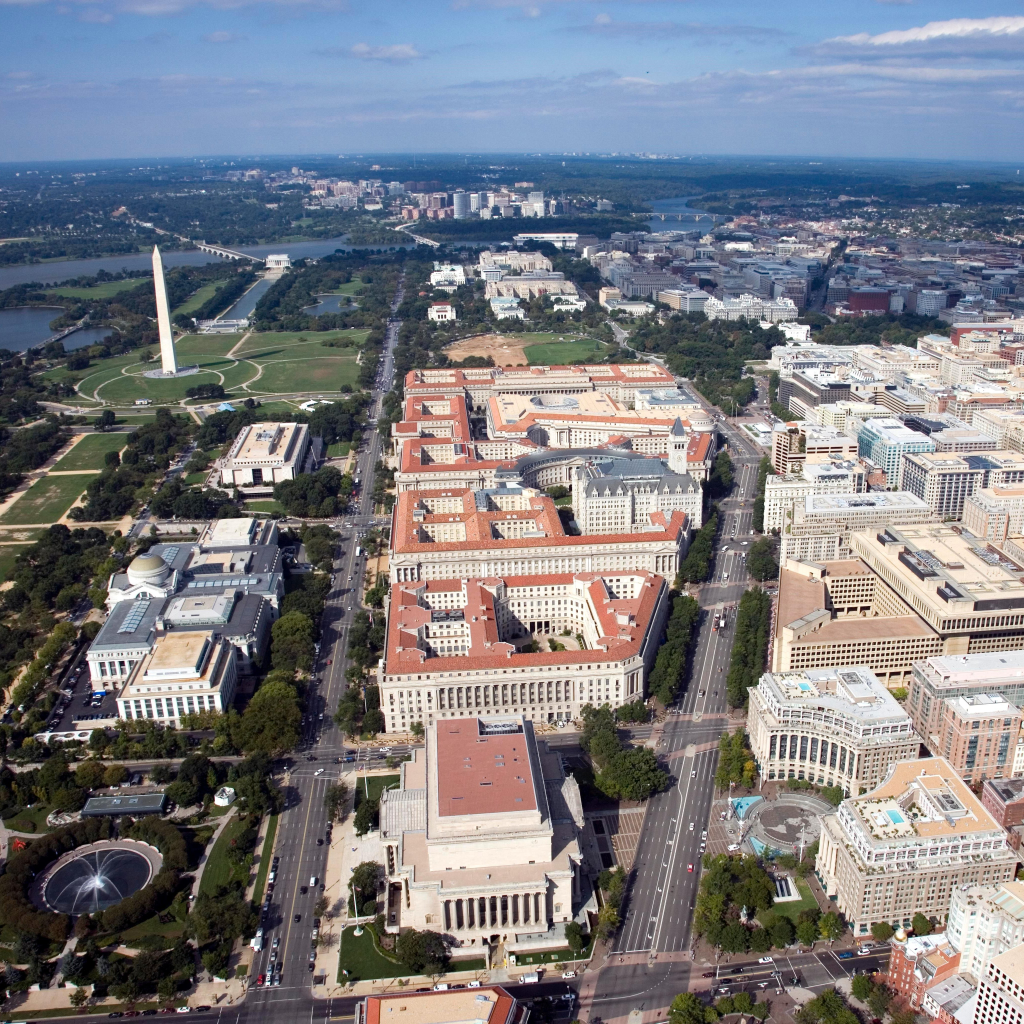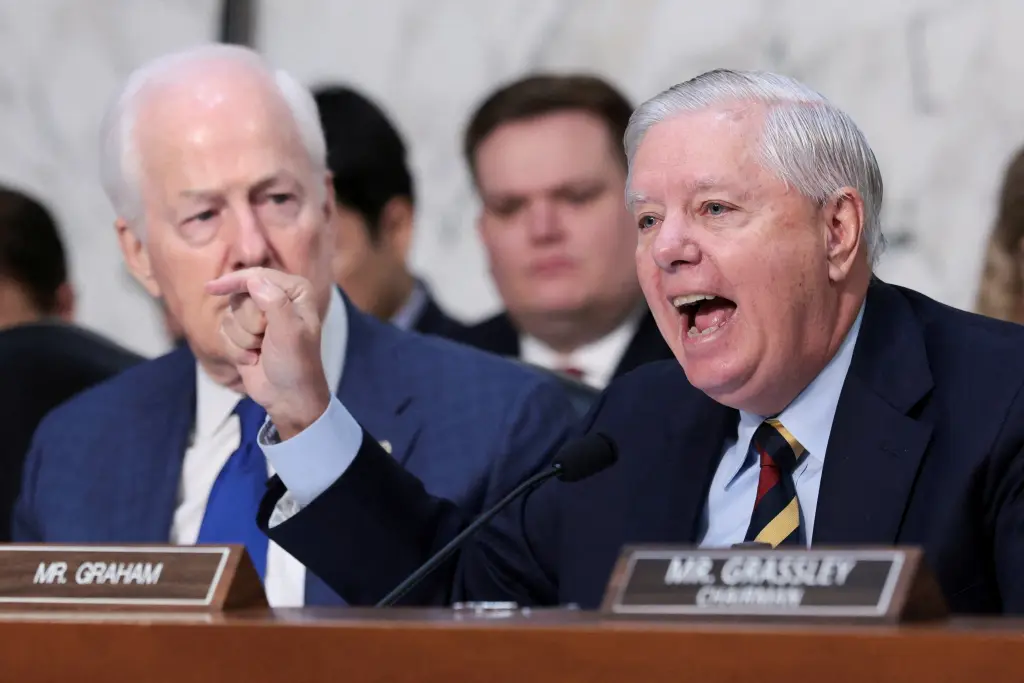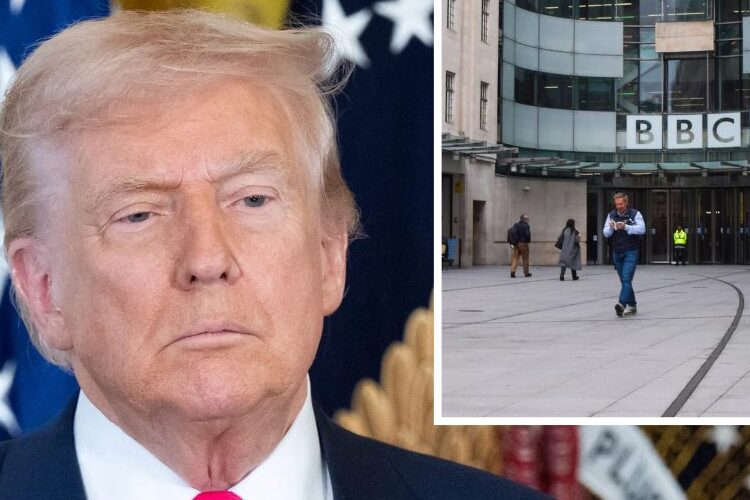Trump’s Workforce Reduction Sparks Historic Wave of Over 100,000 Federal Resignations — The Largest in Modern U.S. Government History
In Washington, D.C., the conversation has turned to numbers that seem almost too big to grasp. More than 100,000 federal workers are reported to be preparing to resign, a figure that, if realized, would mark one of the largest workforce exits in American history. The moment comes as part of President Donald Trump’s ongoing workforce reduction agenda, a plan he has championed since returning to the White House.

For years, Trump has spoken of “draining the swamp” and shrinking what he often calls the bloated federal bureaucracy. Supporters view this as a long-awaited correction to decades of unchecked government growth. Critics, however, worry about the consequences of suddenly losing such a massive number of employees across agencies that handle everything from veterans’ services to health care and infrastructure.

Reports earlier this year highlighted plans to cut as many as 80,000 employees from the Department of Veterans Affairs alone, according to the Center on Budget and Policy Priorities in May 2025. The federal government is legally bound to follow reductions in force, or RIFs, which are established processes meant to ensure proper notice and compliance with labor laws. But what is happening now seems to go beyond standard procedure, raising questions about whether this is a coordinated resignation wave or a narrative amplified by political rhetoric.
Historical context helps frame the scale. While presidents from Ronald Reagan to Bill Clinton oversaw various cuts to federal staffing, nothing has ever approached six figures at once. The idea of a “deep state” opposing elected officials has circulated in American politics since at least the 1950s, resurfacing in recent years as Trump and his allies pointed to unelected bureaucrats as obstacles to enacting their agenda. Whether or not such a theory plays into this moment, the perception of mass resignations fits neatly into the narrative of a purge, one in which entrenched staff are leaving, willingly or not, to clear the way for a smaller, leaner federal workforce.

At the same time, it is worth noting the lack of official confirmation. The Office of Personnel Management has not yet published data verifying this number, and the government’s Deferred Resignation Program, which had previously allowed for structured exits, was officially closed in February 2025. Without clear records, the logistical feasibility of processing 100,000 resignations in such a short window remains uncertain. Still, the political symbolism of this moment carries weight, whether or not the final tally matches the headline figure.
For Trump’s supporters, the news represents a victory, proof that promises to cut back the size of government are being delivered. They see bloated agencies as wasteful, unaccountable, and resistant to the will of the voters. A reduction of this size, in their eyes, clears the path for reforms, efficiency, and an administration that is finally accountable to taxpayers. For critics, it is alarming to imagine such a significant drain of experience and manpower in one fell swoop. They warn that veterans could lose access to services, federal projects could be delayed, and national security could be weakened by the sudden loss of trained personnel.
What is undeniable is that this is a moment unlike any other in modern political memory. If the numbers hold true, the scale of federal worker resignations will be historic. Whether history remembers it as a purge, a reform, or a crisis will depend on what follows in the weeks and months ahead. The truth may emerge slowly, as records are updated and the reality of government operations either falters or adapts to the new landscape. For now, Washington braces for the aftershocks of a workforce reduction that, for better or worse, is set to leave a lasting mark.



